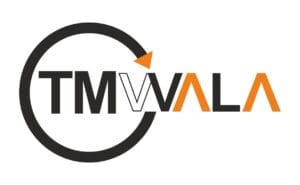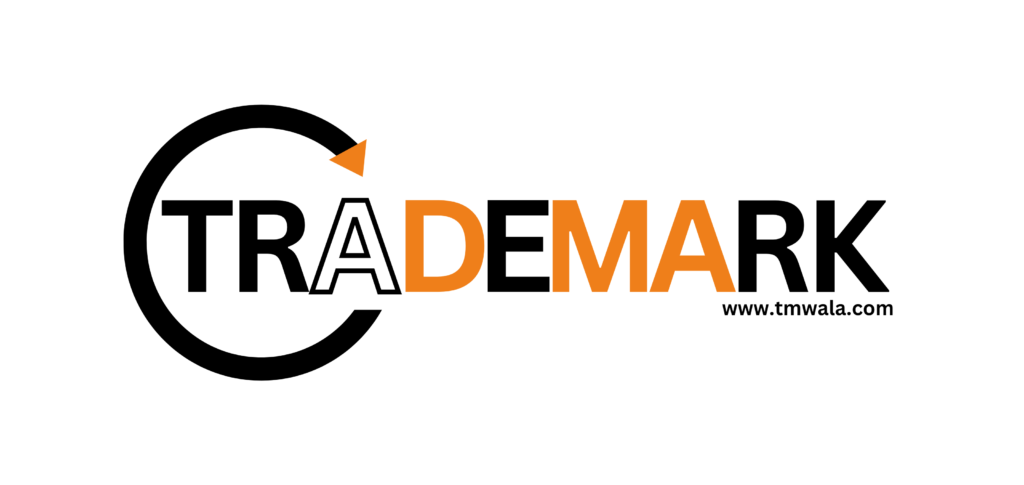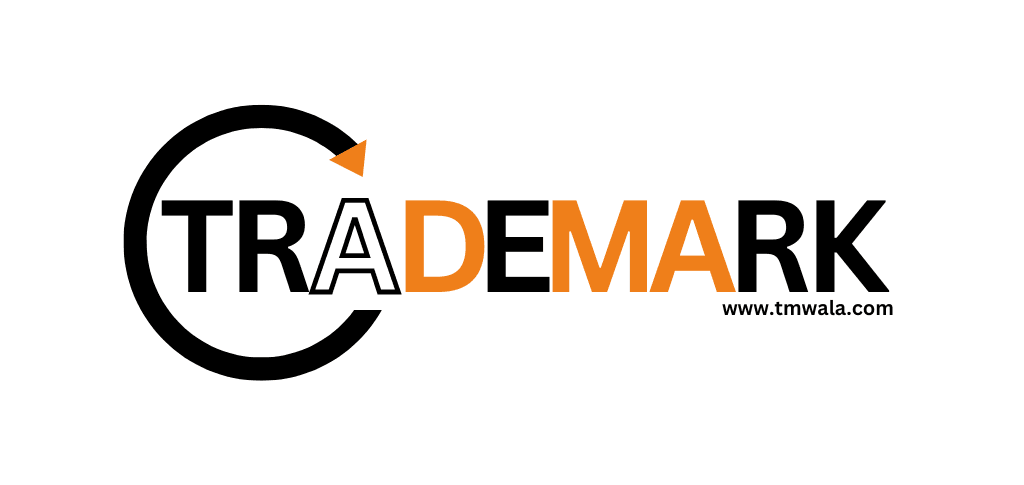
As businesses evolve, their brand identity often grows as well. A shift in vision, diversification of services, mergers, or rebranding strategies may lead a company to change its registered name. Understanding how to change a company name in India is essential for ensuring a seamless transition without disrupting day-to-day operations or creating compliance issues. The Ministry of Corporate Affairs (MCA) has laid down a clear framework that companies must follow to ensure the new name is legally recognized and properly recorded across all official documents. This article about how to change your company name in India will make it easier for you to complete the process.
The company name change procedure in India is structured, methodical, and requires coordination among directors, shareholders, and regulatory authorities. This guide breaks down every step of the process, explains the documentation necessary, highlights regulatory changes introduced by the MCA, and provides practical insights to help businesses navigate the transition smoothly.
Step 1: Passing the Board Resolution
The first formal step in changing a company’s name is obtaining internal approval. The board of directors must meet and pass a resolution that endorses the decision to change the existing name. During this meeting, directors discuss the rationale for the proposed change, authorize the responsible personnel to initiate the process, and approve the filing of necessary forms with the MCA.
This resolution is the foundation of the entire process, as it formally initiates corporate action. Without it, no further steps can be undertaken.
Step 2: Conducting the Name Availability Check
Before finalizing a new company name, businesses must ensure that the proposed name is unique and legally permissible. The MCA requires companies to verify proposed names through a structured search process, commonly known as the check name availability MCA.
The steps include:
Only after a clear search result should companies proceed to reserve the name through the RUN (Reserve Unique Name) facility. Many businesses opt for professional support from TMWala, which ensures that the selected name meets MCA norms and reduces the chances of rejection.
Step 3: Approval through Special Resolution
Once name availability is confirmed, shareholders’ approval becomes mandatory. The company must call an Extraordinary General Meeting (EGM) at which the proposed name change is put to a vote. A special resolution, requiring approval by a prescribed majority, must be passed in accordance with the Companies Act, 2013. This step ensures that the decision reflects the collective agreement of shareholders rather than the board’s discretion.
Step 4: Filings with the Registrar of Companies
After the special resolution is passed, the company must inform the Registrar of Companies (RoC). This includes submitting Form MGT-14 within 30 days of the resolution. The filing must include:
This submission serves as official communication to the RoC that the company has internally completed the necessary approvals.
Step 5: Seeking Approval for the New Name
The next step is to file Form INC-24, which requests approval from the central government for the proposed name change. This form includes additional details such as:
This stage is crucial, as the final authorization from the RoC is required before the company can legally start using its new identity.
Step 6: Issuance of the New Certificate of Incorporation
The name change process is officially completed once the RoC issues a revised Certificate of Incorporation. This document confirms the company’s new legal name and must be used in all upcoming filings, contracts, and official communications. Only after this certificate is issued can the company begin transitioning its branding, stationery, letterheads, bank accounts, and statutory registrations to the new name.
Businesses must prepare and submit a comprehensive set of records throughout the process. The phrase documents required for a company name change encompasses all essential paperwork needed for internal approvals and regulatory filings. The commonly required documents include:
Each document plays a distinct role in validating the corporate action and completing statutory compliance.
In recent regulatory developments, the Ministry of Corporate Affairs has introduced a new system to streamline updates and modifications in company records. The term company name change from MCA refers to the Change Request Form (CRF) launched on 19 February 2024.
This web-based form enables companies to update information for which no specific form existed earlier. It is part of MCA’s broader strategy to simplify compliance, reduce processing delays, and enhance transparency in corporate filings. Companies must be aware of this form, particularly when updating records related to name changes and related modifications.
Every document filed with the MCA must be authenticated through a valid Digital Signature Certificate (DSC). The term digital signature for ROC filings refers to the electronic authorization required to complete MCA filings. Without a valid DSC, forms like RUN, MGT-14, INC-24, and CRF cannot be submitted.
Different types of DSCs include:
Ensuring that the director’s DSC is active and valid is essential before initiating the name change process.
The board resolution for changing the company’s name is not merely an administrative formality. It serves as a legal authorization that empowers company representatives to undertake actions such as checking name availability, filing forms, and scheduling the EGM. This resolution must comply with the Companies Act and should clearly record the intention to change the company’s identity, along with relevant justifications.
Changing a company’s name is a strategic decision that requires coordination across legal, operational, and administrative departments. By understanding how to change a company name in India, companies can avoid unnecessary delays and ensure full compliance with MCA guidelines. The company name change procedure in India involves structured steps such as passing board and shareholder resolutions, verifying name availability, filing requisite forms, and obtaining RoC approval.
With clear awareness of the documents required for a company name change, proper use of the MCA company name change form, and an active digital signature for ROC filing, businesses can efficiently complete the transition. A carefully prepared board resolution for the change of name of the company, along with a proper search for name availability, further helps streamline the entire process.
Choose TMWala for end-to-end assistance from drafting resolutions and preparing documents to filing the MCA form, ensuring accuracy, compliance, and timely completion. A well-executed name change strengthens brand identity, supports business expansion, and positions the company for long-term growth.
Get started instantly
"*" indicates required fields

TMWala
Your one stop shop for all your business registration and compliance needs.
"*" indicates required fields
Choose your Entity Type
Non-MSME/ Large Entitie
Individual/ MSME/ Sole Proprietorships

₹9,000.00 Original price was: ₹9,000.00.₹3,999.00Current price is: ₹3,999.00.
Trademark Application @ ₹3999* (Premium Discounted Plan for MSME/Individual/Sole Proprietorships) Comprehensive
Government Fees
₹4500/-

₹9,000.00 Original price was: ₹9,000.00.₹3,999.00Current price is: ₹3,999.00.
Trademark Application @ ₹3999* (Premium Discounted Plan for Non-MSMEs/Large Entities) Comprehensive
Government Fees
₹9000/-
Choose your Entity Type
Individual/ MSME/ Sole Proprietorships
Non-MSME/ Large Entities
₹3,500.00 Original price was: ₹3,500.00.₹1,999.00Current price is: ₹1,999.00.
Government Fees
₹4500/-
₹3,500.00 Original price was: ₹3,500.00.₹1,999.00Current price is: ₹1,999.00.
Government Fees
₹9000/-
Choose your Entity Type
Individual/ MSME/ Sole Proprietorships
Non-MSME/ Large Entities

₹1,500.00 Original price was: ₹1,500.00.₹999.00Current price is: ₹999.00.
Trademark Application @ ₹999* (Basic Discounted Plan for MSME/Individual/Sole Proprietorships) Best-Selling, Economical & Easy

₹1,500.00 Original price was: ₹1,500.00.₹999.00Current price is: ₹999.00.
Trademark Application @ ₹999* (Basic Discounted Plan for Non-MSMEs/Large Entities) Best-Selling, Economical, Quick and Easy